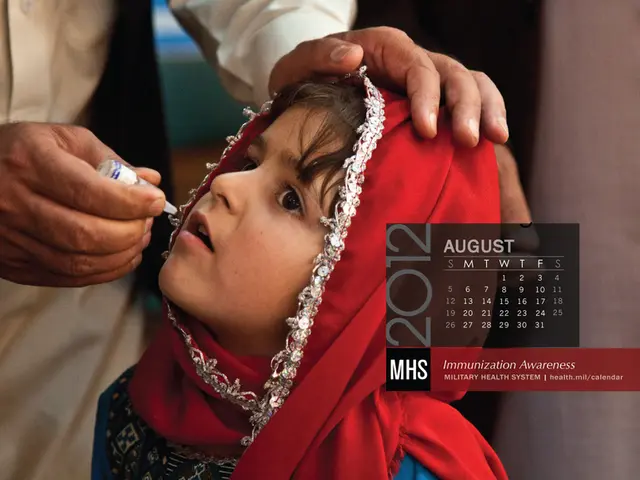Afghanistan's Crisis Deepens: Economy, Rights, and Humanitarian Conditions Deteriorate
The situation in Afghanistan has deteriorated since the Taliban's seizure of power in 2021, with significant impacts on the economy, human rights, and humanitarian conditions. The closure of girls' schools alone has cost the country an estimated $1.4 billion annually, according to the World Bank.
The United Nations has provided nearly $13 billion in humanitarian and basic needs assistance since 2021. However, international funding has been cut by nearly 50 percent this year, exacerbating the crisis. Afghanistan's economy is struggling, with growth trailing population increases and 75 percent of Afghans living at subsistence level.
Central to the crisis are Taliban restrictions on women and girls. Schools for girls above grade six have been closed for four years, with a recent UN Women survey revealing that most Afghans oppose these bans. The ban on poppy cultivation, while reducing opium production, has devastated poor farmers who once relied on it for their livelihoods. A new drought threatens the rural population and could make Kabul the first modern city to run out of water within years.
The UN's outgoing envoy warned that decisions driven by ideology may hinder sustainable solutions. The closure of girls' schools alone costs the Afghan economy $1.4 billion annually, highlighting the urgent need for international support and policy changes to address the multifaceted crises in Afghanistan.
Read also:
- Comprehensive Cancer Care Strategy Encompassed by Siemens Healthineers Entirely
- Federal solar energy initiatives among Wyoming's tribal communities face varying outcomes following the Trump Administration's withdrawal of funding.
- Exploring Hemp Insulation: Is This Eco-Conscious Solution Worthwhile for Your Construction Project?
- Construction fleet and urban transport emissions could see a significant reduction with the implementation of biogas as a game-changing solution.








